NEW YORK -- The report card is in, and the grades aren't good. But at least they're slightly better than last year's.
On Thursday, Education Week, an education trade newspaper, released the 17th edition of the Quality Counts report, a widely-cited metric of overall educational quality in the United States. America's public schools are hardly passing: they garnered a C-plus. Last year, though, the U.S. scored a C, so the ranking represents some improvement.
"We're probably tough graders," Amy Hightower, who oversees the team of seven researchers that puts together the huge report, said in an interview. "The national grade overall had a very slight uptick … That was a nice surprise."
The report also ranks states: Maryland bested all others for the fifth year in a row, scoring a B-plus. Maryland was closely followed by Massachusetts, New York, and Virginia, which received B's. Completing the top 10 were Arkansas, Florida, Georgia, New Jersey, West Virginia, and Kentucky. On the other end were seven states that came in at C-minus: Arizona, Montana, D.C., Nebraska, Alaska, Mississippi, Idaho, and Nevada. California, which educates one-eighth of the nation's students, came in at a C. South Dakota came in dead last, getting D-plus.
Lawmakers in South Dakota are apparently aware of this inferior status -- they're trying all kinds of different things to change education in the state, including a failed ballot initiative that would have abolished teacher tenure. Those lawmakers might find the state's grade useful in pushing their agenda again this year.
The report card takes into account almost every possible metric imaginable in American education, from school finance to environment to grades to equity. It looks at "Chance for Success," an index that takes into account the connections between school and positive life outcomes, looking at toddlers, kids, and adults. In the "Chance for Success" ratings, America scored a C-plus -- about one point less than last year. Massachusetts topped the "Chance for Success" rankings for the sixth year in a row, netting an A-minus. Nevada and New Mexico came in dead last, each netting D's. "States perform best on indicators associated with opportunities to acquire a solid foundation for learning during the early years," Hightower wrote. "However, the measures that capture participation and performance in formal schooling remain the driving force behind state rankings."
Quality Counts also looks at "transitions and alignment," a category that examines "efforts to better coordinate between K-12 schooling and other segments of the education pipeline," according to EdWeek. For the first time ever this year, one state -- Georgia -- got a perfect score in this realm.
School finance, such as school spending and distribution of resources, is another key component of the report. The U.S. earned a C on average, with 24 states scoring between C-minus and C-plus. The duds in this category were Idaho, Mississippi, Nevada, North Carolina, and Utah, which all got D's or lower.
The first seeds of Quality Counts were planted in the early 1990s, as the standards-based education reform movement began to take hold. During that time, a group of American governors met at an education summit and discovered a huge hole in their plans: It's hard to formulate policy based on standards and academic outcomes when there is no standard metric of success. The 50 states have 50 different ways of measuring academic performance, making any kind of general comparison extremely difficult.
"They realized very quickly on that they couldn't even have that conversation, because they didn't have a common metric to understand what's going on," Hightower said. "EdWeek said, 'We think we can fill this void by tracking some indicators … that would have a common-enough denominator to understand how states are doing within the standards-based framework.'"
This has been an unusually busy week for report cards that grade education in America's states. Earlier this week, former Washington, D.C., schools chancellor Michelle Rhee's group, StudentsFirst, released its own version of a report card. That match-up measured states according to whether they aligned with Rhee's preferred education policies, such as private school vouchers for some students, charter schools, and a policy known as a "parent trigger," which lets parents take over failing schools.
The results were quite different from Thursday's release -- and Randi Weingarten, president of the American Federation of Teachers union, took notice. “These rankings also stand in sharp contrast to StudentsFirst rankings, which prioritized politics and ideology over improved teaching and learning -- giving the top-ranked state of Maryland a D-plus for failing to embrace the StudentsFirst agenda of testing, sanctioning teachers and divesting from public schools," Weingarten, who has sparred with Rhee in the past, said in a statement.